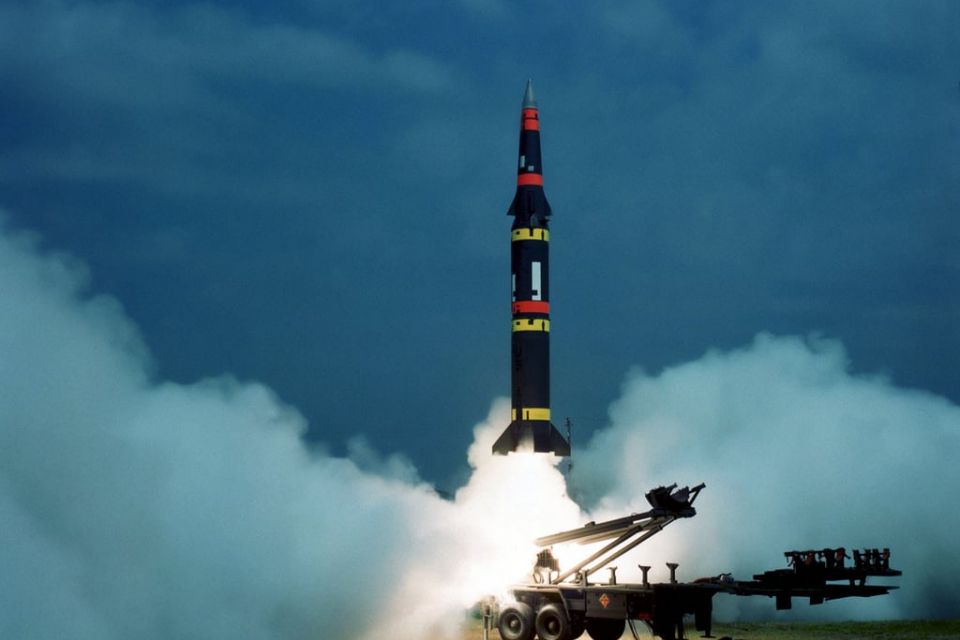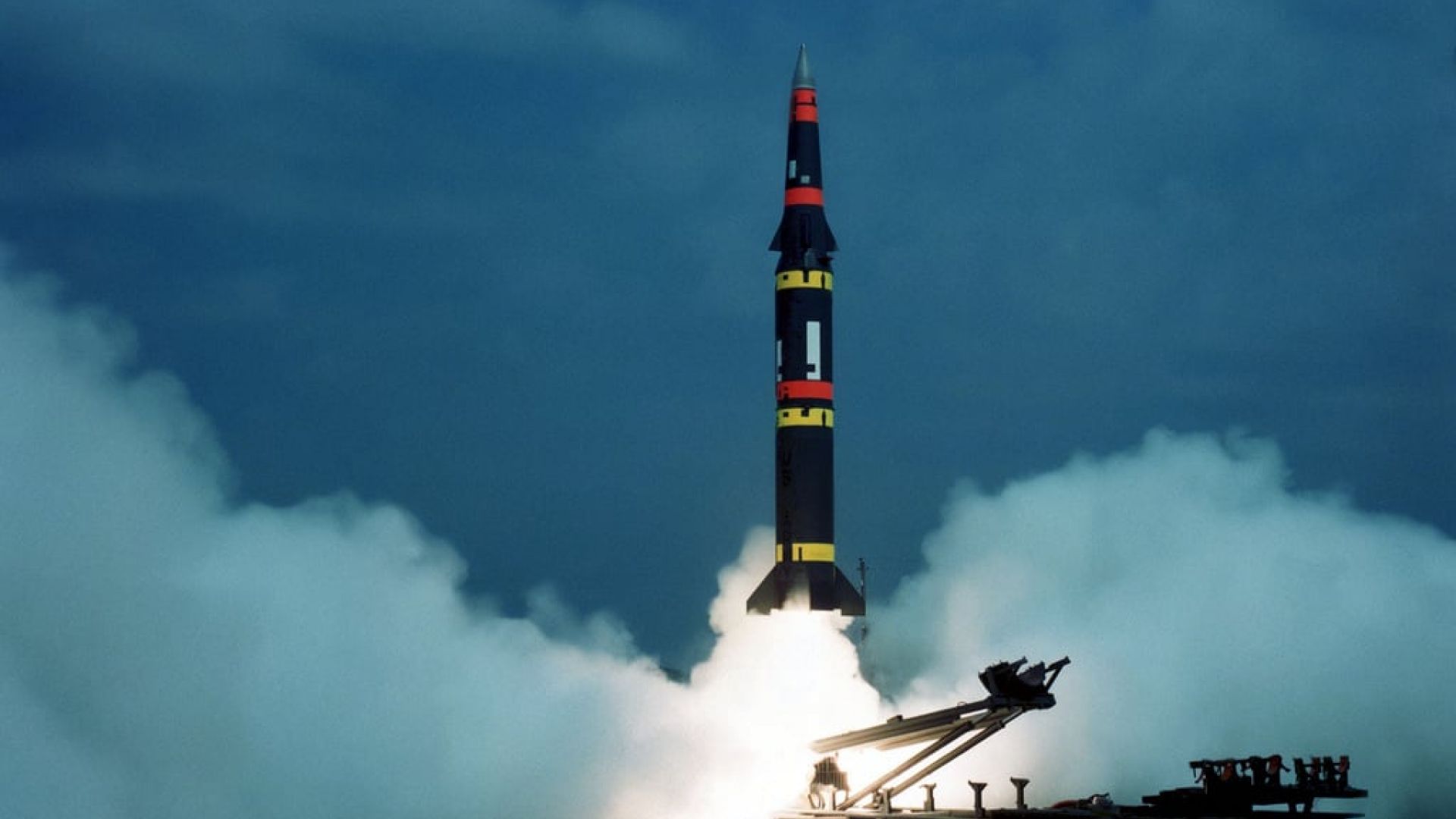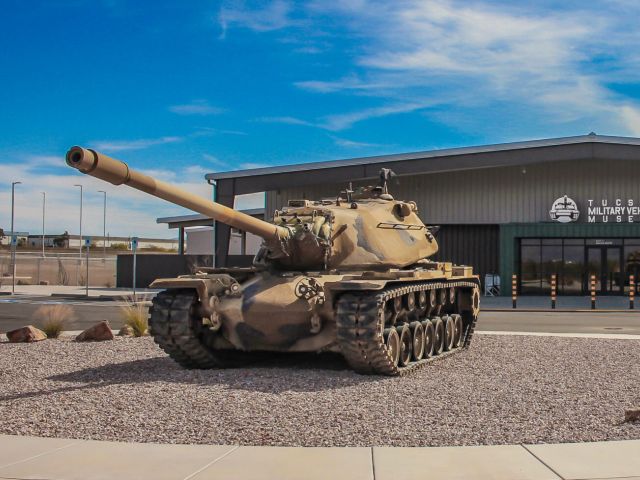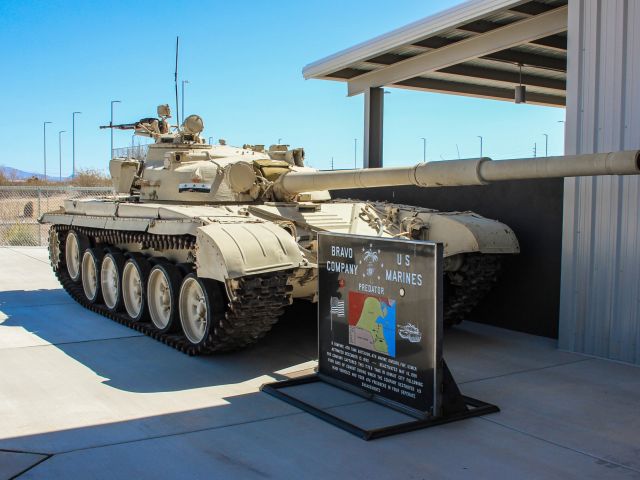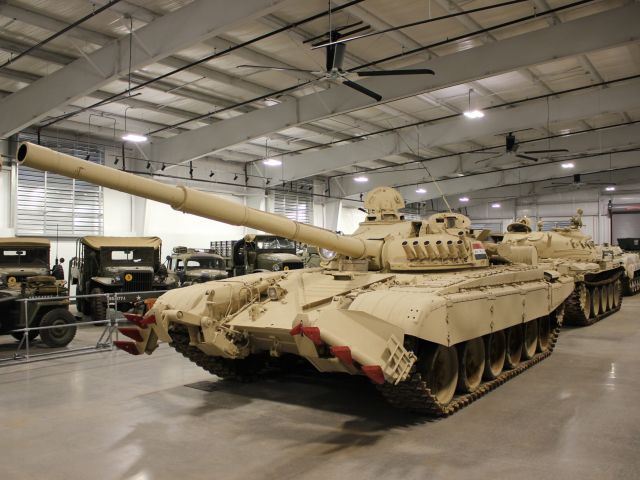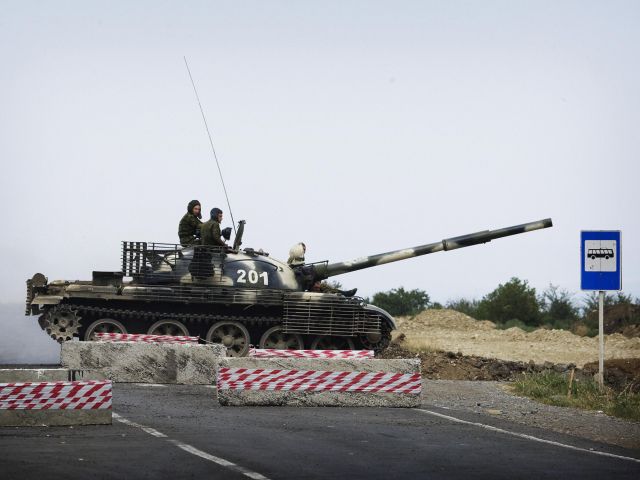Technical Specifications
Weight: 16,451 lb
Dimensions: Length 34.8 ft; Diameter Max 40 in
Blast yield: W85 nuclear warhead: 5 kt to 80 kt; W86 earth penetrator (canceled)
Engine Hercules: two-stage, solid propellant
Operational range: 1,500 miles
Maximum speed: Mach 8-10
Guidance system: Singer Kearfott Inertial Goodyear Aerospace topographic Radar imaging version of DSMAC with active radar homing terminal guidance
Steering system: Vector control system (steerable nozzle), air fins
Launch platform: M1003 erector launcher
Transport: M1001 MAN tractor in Germany; M983 HEMTT in the U.S.
Description
The Pershing II Weapon System was a solid-fueled two-stage medium-range ballistic missile designed and built by Martin Marietta to replace the Pershing 1a Field Artillery Missile System as the U.S. Army’s primary nuclear-capable theater-level weapon. The U.S. Army replaced the Pershing 1a with the Pershing II Weapon System in 1983. The U.S. Army Missile Command managed the development, and improvements, while the Field Artillery Branch deployed the systems and developed tactical doctrine. Development of an updated Pershing began in 1973.
The Pershing 1a had a 400 kilo-ton warhead that was over-powered for the Quick Reaction Alert tactical role the weapon system filled. Reducing warhead yield required a significant increase in accuracy to match Pershing 1a’s ability to destroy hard targets like command bunkers. The first development launches of the Perishing II occurred in 1977. It was mated with the new W85 warhead or the earth-penetrator W86 warhead. Built on the existing rocket motors, the warhead was packaged in a maneuverable reentry vehicle with an active radar guidance system. Nearly a year prior to testing the Pershing II, the Soviets deployed the RSD-10 Pioneer in Eastern Europe.
Since the RSD-10 had a range of 2,700 miles and two warheads, the range of the Pershing II was increased to 900 miles, giving it the ability to reach targets in eastern Ukraine, Belarus, or Lithuania. Approximately 276 missiles and 108 launchers were produced for the Pershing II program. The elimination and removal of the Pershing II systems from Europe began with the ratification of the Intermediate-Range Nuclear Forces Treaty in May 1988. The final destruction phase occurred in May 1991 with the missile motors statically burned and crushed at the Longhorn Army Ammunition Plant near Caddo Lake, Texas.
